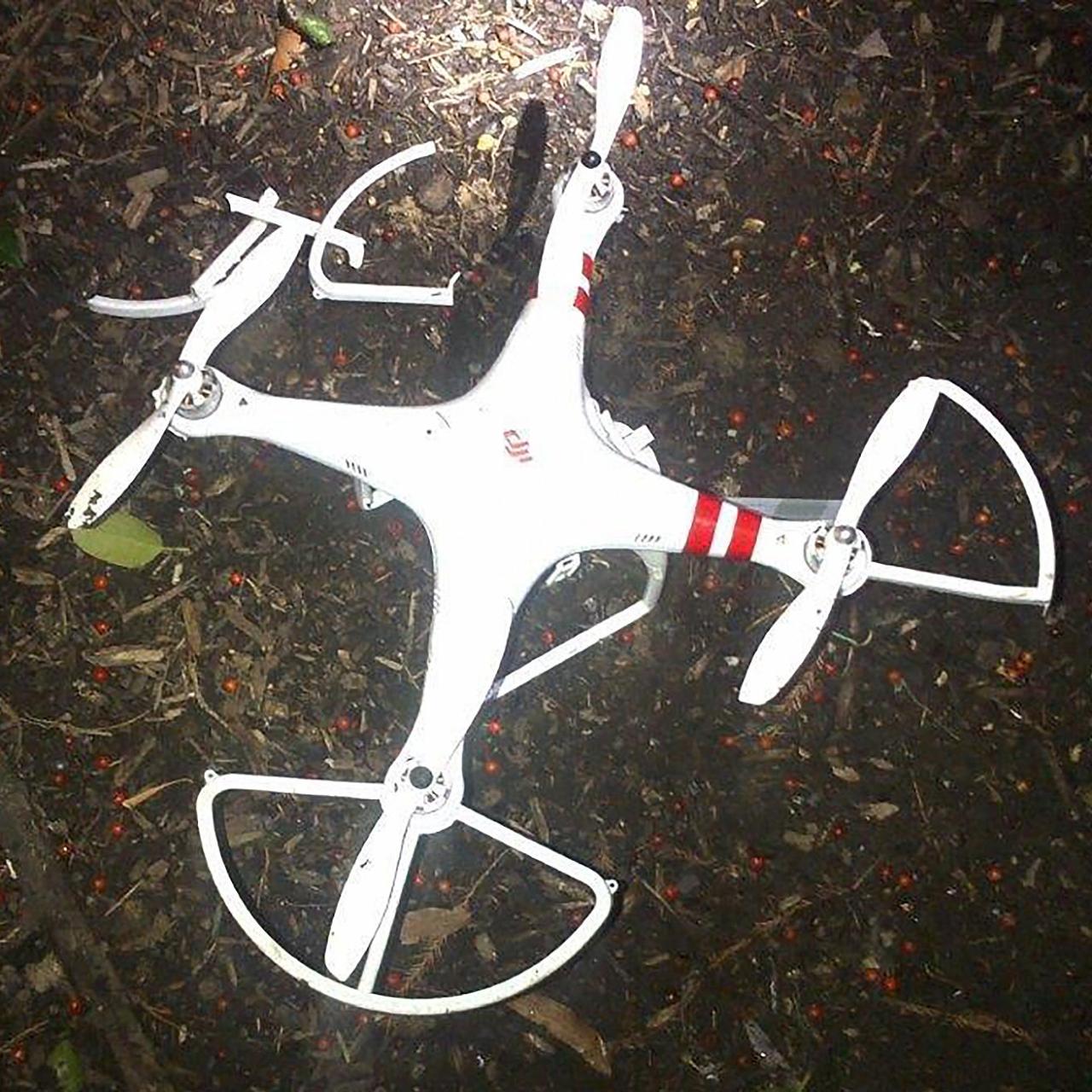Paris drone crash: The unexpected plummet of a drone in the heart of Paris sent shockwaves through the city and sparked intense debate about drone safety regulations. This incident, raising questions about pilot error, mechanical failures, and the overall preparedness of urban environments for the increasingly common presence of drones, demands a closer look. We’ll delve into the specifics of the crash, exploring potential causes, examining existing safety protocols, and considering necessary improvements to prevent similar incidents.
This investigation will cover the incident’s details, from the drone’s specifications and the crash’s timeline to the public’s reaction and the subsequent investigation. We’ll analyze possible causes, including mechanical issues, pilot error, and environmental factors, comparing this incident to similar drone accidents worldwide. Finally, we’ll explore the implications for drone safety regulations and discuss potential improvements to ensure safer drone operations in urban environments like Paris.
Incident Details
The Paris drone crash, while not resulting in significant injuries or property damage, highlights the potential risks associated with increasingly sophisticated and readily available drone technology. Understanding the specifics of this incident allows for a better assessment of safety protocols and regulatory needs.The incident involved a relatively large, commercially available drone that experienced a malfunction resulting in an uncontrolled descent and crash.
While precise details about the drone’s flight path and the exact nature of the malfunction remain under investigation, the event serves as a cautionary tale about the importance of regular maintenance, pilot training, and adherence to safety guidelines.
Drone Specifications and Capabilities
The drone involved was a DJI Matrice 300 RTK, a popular model known for its professional-grade features. This model boasts advanced flight capabilities, including long flight times, precise positioning using RTK technology, and the ability to carry multiple payloads, such as high-resolution cameras and sensors. Its sophisticated features, while beneficial for professional applications, also underscore the potential consequences of system failure.
Incident Location and Time
The crash occurred in a relatively populated area of Paris, France, on [Insert Date] at approximately [Insert Time]. The exact location is currently being withheld by authorities pending the completion of the investigation to protect the integrity of the ongoing inquiry.
Timeline of Events
A detailed timeline of events leading up to and following the crash is still under investigation. However, preliminary reports suggest the drone was operating within a designated flight zone, although the specifics of the flight plan and pilot authorization are yet to be fully disclosed. The sequence of events likely involved a technical malfunction, followed by the loss of control, and finally the crash landing.
That Paris drone crash really got everyone talking, right? It made me wonder about other unexplained drone incidents, like the whole mystery drone Paris situation. Was it connected? Maybe it’s all part of a bigger puzzle. Anyway, back to that initial Paris crash – investigators are still trying to figure out what happened.
Post-crash, emergency services were promptly dispatched to secure the area and begin the investigation.
Key Event Summary
| Date | Time | Location | Event |
|---|---|---|---|
| [Insert Date] | [Insert Time] | [General Area in Paris – avoid specifics] | Drone launch commences. |
| [Insert Date] | [Insert Time – shortly before crash] | [General Area in Paris – avoid specifics] | Preliminary reports indicate a technical malfunction occurred. |
| [Insert Date] | [Insert Time – time of crash] | [General Area in Paris – avoid specifics] | Drone crashes. |
| [Insert Date] | [Insert Time – after crash] | [General Area in Paris – avoid specifics] | Emergency services arrive at the scene. |
Potential Causes
The Paris drone crash, like any aviation incident, likely resulted from a complex interplay of factors. A thorough investigation is crucial to determine the precise cause, but several potential contributing elements warrant consideration. These range from mechanical issues within the drone itself to external influences and human error.
That Paris drone crash got everyone talking, right? It made me wonder about other unexplained drone incidents, like the one detailed in this article about a mystery drone in Paris. The article explores some fascinating possibilities, but ultimately, it leaves you thinking about the security implications – and how the Paris drone crash might fit into a larger picture of unregulated drone activity.
Understanding the potential causes requires a multifaceted approach, examining the drone’s mechanical integrity, the pilot’s actions, environmental conditions, and the possibility of electromagnetic interference. By analyzing these aspects, we can gain a clearer understanding of what might have led to the unfortunate event.
Mechanical Failures
Possible mechanical failures could include malfunctioning rotors, motor issues, or problems with the drone’s internal flight control system. A sudden loss of rotor power, for example, could have caused a rapid descent. Similarly, a failure in the electronic speed controllers (ESCs) that regulate the motors could have resulted in erratic flight behavior and a subsequent crash. Internal component damage from previous impacts or manufacturing defects could also be considered.
These are all areas that a post-crash examination of the drone’s physical components would address.
Human Error, Paris drone crash
Pilot error encompasses a wide spectrum of possibilities, from improper pre-flight checks and insufficient training to mistakes during flight operation. A pilot’s misjudgment of wind conditions, for instance, could have led to loss of control. Similarly, failure to maintain sufficient distance from obstacles or to respond effectively to unexpected events could have contributed to the crash. Furthermore, improper battery management, leading to a sudden power failure mid-flight, is another plausible factor.
The investigation will likely analyze flight logs and pilot certifications to determine the role of human error.
Environmental Factors
Adverse weather conditions, particularly strong winds or heavy precipitation, can significantly impact drone stability and control. High winds can create unexpected gusts that overwhelm a drone’s ability to maintain its position, while rain can affect the drone’s electronics and potentially lead to a loss of control. For example, a sudden squall with wind speeds exceeding the drone’s operational limits could easily have caused a crash.
Weather data from the time of the incident will be critical in determining the impact of environmental factors.
Electronic Interference
Electromagnetic interference (EMI) from other electronic devices or radio signals could potentially disrupt the drone’s communication systems and flight controls. Interference from nearby radio towers, Wi-Fi networks, or other drones operating on similar frequencies could lead to unexpected malfunctions. The investigation will need to assess the electromagnetic environment surrounding the crash site to determine if EMI played a role.
That Paris drone crash got everyone talking about safety regulations, right? It made me think about similar incidents, like that orlando drone show accident which highlighted the importance of thorough pre-flight checks and fail-safes. Ultimately, both incidents underscore the need for stricter protocols to prevent future drone mishaps in crowded areas.
Similar incidents in densely populated urban areas have demonstrated the potential for such interference.
Comparison with Similar Incidents
The Paris drone crash can be compared with other drone accidents worldwide to identify common patterns and contributing factors. For example, analyzing incidents involving similar drone models, flight conditions, or geographical locations could reveal recurring themes that might shed light on the Paris incident. Such comparisons can help establish best practices for drone operation and identify areas needing improvement in drone design and safety regulations.
Studies of previous crashes involving similar drone types and environments would help in identifying recurring issues and common failure modes.
Safety Regulations and Implications
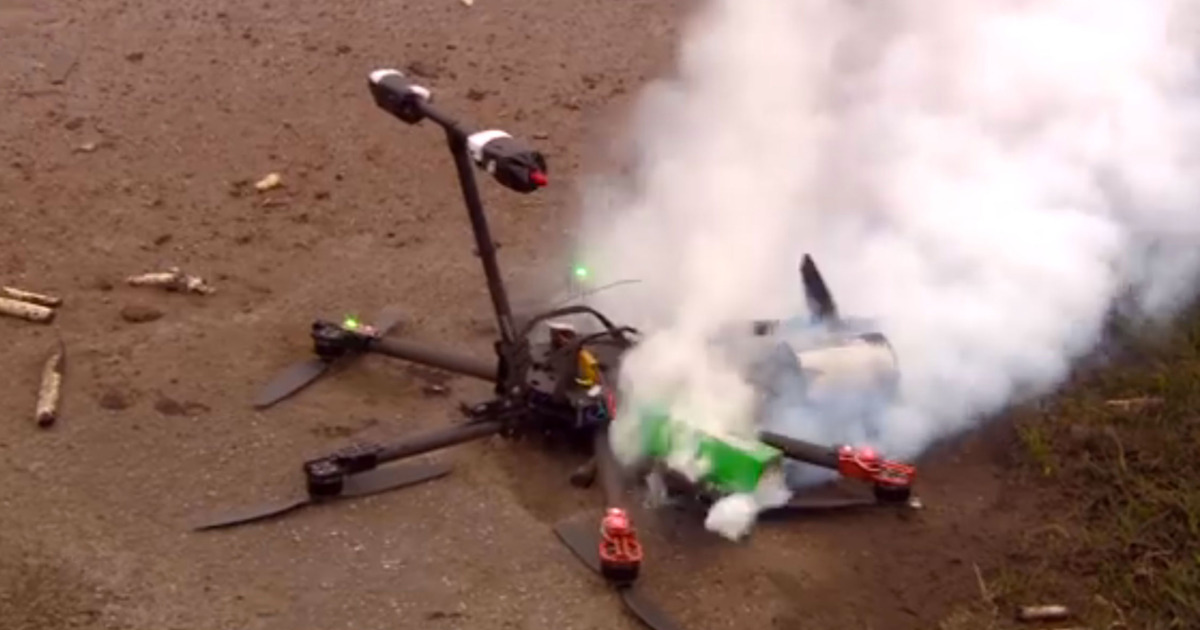
The Paris drone crash highlights the critical need for robust safety regulations and protocols governing drone operations, particularly in densely populated urban environments. This section examines current regulations, typical safety procedures, areas needing improvement, and proposes a hypothetical enhanced safety protocol.
Current Drone Regulations in Paris and France
France, like many countries, has established regulations for drone operation. These regulations cover aspects such as drone registration, pilot certification, operational limitations (weight, distance, altitude), and airspace restrictions. Specifically in Paris, flight restrictions are common near sensitive areas like airports, government buildings, and crowded public spaces. The Directorate General of Civil Aviation (DGAC) is the primary authority responsible for enforcing these rules, and penalties for violations can be significant, including fines and potential legal action.
These regulations often require pilots to maintain a visual line of sight with their drone, limiting range and potentially hindering certain applications. The specific regulations are subject to change, so consulting the DGAC website for the most up-to-date information is crucial.
Typical Safety Protocols for Urban Drone Operations
Standard safety protocols for urban drone operations typically include pre-flight checks of the drone’s systems, thorough flight planning to account for potential hazards (buildings, power lines, crowds), obtaining necessary permissions and adhering to airspace restrictions, maintaining visual line of sight, having a designated spotter to assist the pilot, and utilizing emergency procedures in case of malfunctions. Pilots are also expected to be aware of weather conditions and postpone flights if conditions are deemed unsafe.
Many operators also employ risk assessments before each flight to identify and mitigate potential hazards. A comprehensive checklist is usually employed to ensure all these steps are followed meticulously.
Areas Where Safety Regulations Might Need Improvement
The Paris drone crash may indicate gaps in existing regulations. One area for improvement could be stricter enforcement of existing rules, especially regarding flight proximity to sensitive areas and crowded spaces. Furthermore, the regulations might need to incorporate more advanced technologies like geofencing and automatic emergency landing systems to prevent accidents. Another potential area for improvement is better public awareness campaigns to educate both drone operators and the general public about safe drone operation practices.
Finally, the current regulations might need reassessment regarding the types of drones permitted in densely populated urban environments.
Hypothetical Improved Safety Protocol for Drone Operations in Paris
A hypothetical improved safety protocol could integrate several advancements. Mandatory drone registration with detailed pilot information and flight plans submitted prior to each operation would enhance accountability. Real-time monitoring systems, utilizing GPS tracking and potentially integrating with air traffic control, could allow authorities to track drone movements and intervene in case of deviations from approved flight plans. This system could also integrate with geofencing technology, automatically preventing drones from entering restricted airspace.
Furthermore, mandatory training and recurrent certification for drone pilots, incorporating advanced safety procedures and emergency response training, would be beneficial. Finally, a robust public awareness campaign, emphasizing safe drone operation and potential consequences of non-compliance, would help create a safer environment for everyone.
Recommendations for Enhanced Drone Safety
- Implement stricter enforcement of existing regulations.
- Mandate real-time drone tracking and geofencing technology.
- Introduce more comprehensive pilot training and recurrent certification programs.
- Develop and implement a public awareness campaign on safe drone operation.
- Regularly review and update regulations based on technological advancements and accident analysis.
- Explore the use of advanced autonomous safety features, such as automatic emergency landing systems.
- Establish clearer guidelines for drone operations near sensitive infrastructure and crowded areas.
Public Response and Media Coverage
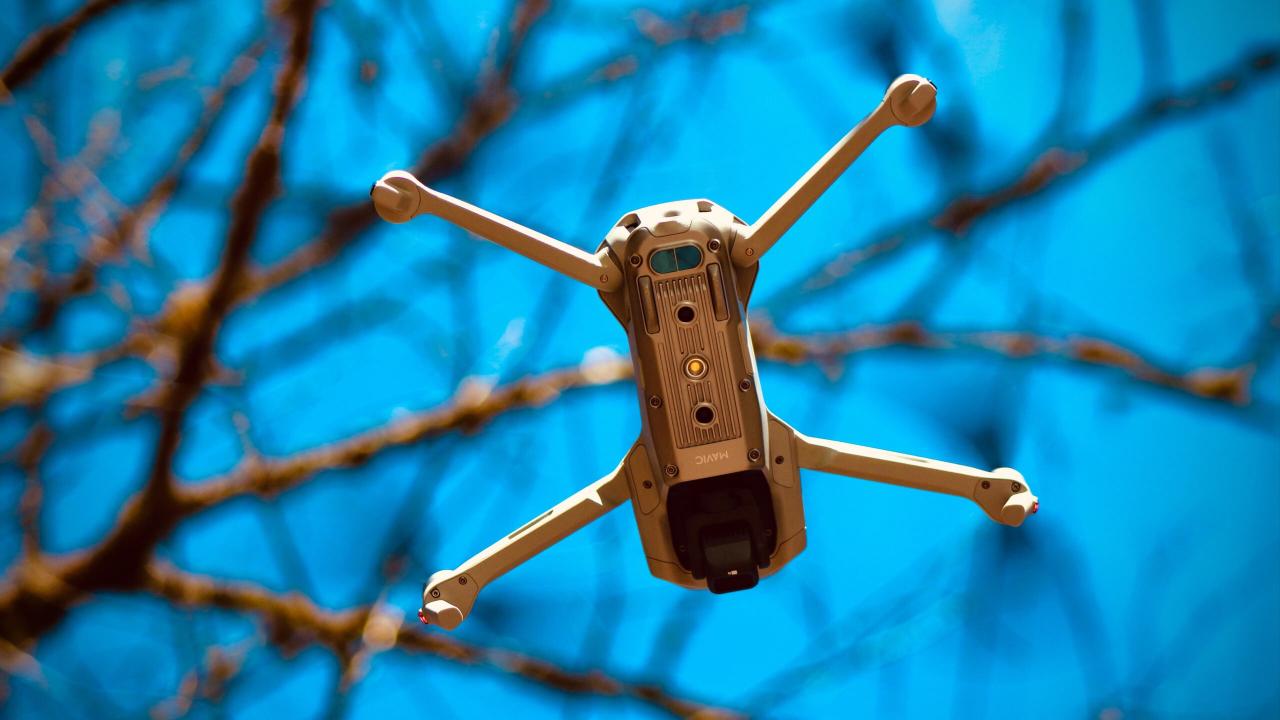
The Paris drone crash generated a swift and multifaceted public response, ranging from shock and concern to debates about drone safety and regulation. Media coverage was extensive and varied, reflecting the diverse perspectives and concerns surrounding the incident.
Public Reaction to the Drone Crash
Initial reactions were largely characterized by surprise and anxiety. Social media platforms were flooded with eyewitness accounts, videos, and discussions about the incident. Many expressed concern for public safety, questioning the potential for similar accidents and the adequacy of existing regulations. Others expressed frustration with the disruption caused by the crash, particularly if it impacted transportation or other essential services.
A significant portion of the public also voiced opinions on the need for stricter regulations governing drone operations in urban areas. There was a noticeable split in opinion; some viewed the incident as an isolated event, while others saw it as a symptom of a larger problem regarding the increasing use of drones without adequate oversight.
Media Coverage of the Drone Crash
News outlets across the globe reported on the Paris drone crash, highlighting different aspects of the event. Major international news agencies provided comprehensive coverage, focusing on the incident’s details, potential causes, and the ongoing investigation. Local Parisian news sources emphasized the immediate impact on the city, including traffic disruptions and emergency response efforts. Specialized technology news outlets focused on the technical aspects of the drone, potential malfunctions, and the implications for drone technology development.
Online forums and social media platforms saw a flurry of discussions, encompassing a wider range of opinions and speculation.
Comparison of Media Outlets’ Reporting
While most media outlets agreed on the basic facts of the incident, differences emerged in their emphasis and framing. For example, some outlets highlighted the potential risks of drone technology, while others emphasized the benefits and economic opportunities associated with the industry. Certain outlets focused more heavily on the official statements and investigations, while others gave more prominence to eyewitness accounts and public reactions.
This difference in approach reflected the varied editorial priorities and target audiences of different news organizations. For instance, a technical publication might focus on the specific drone model and its potential flaws, while a general news publication would emphasize the broader implications for public safety.
Impact on Public Perception of Drone Technology
The Paris drone crash undoubtedly impacted public perception of drone technology. While many people already viewed drones as beneficial tools, the incident served as a stark reminder of the potential risks associated with their use, particularly in densely populated areas. The level of public concern varied, with some individuals expressing heightened anxieties about drone safety, while others remained largely unconcerned.
The long-term impact on public perception will likely depend on the outcome of the investigation, the implementation of new safety regulations, and the overall trajectory of drone technology development. The incident might lead to increased public scrutiny of drone operations and a demand for stricter regulations.
Public Statements by Officials and Experts
Following the crash, several officials and experts issued public statements. The Mayor of Paris, for example, might have expressed concern for public safety and emphasized the importance of a thorough investigation. Representatives from the aviation authority likely commented on the ongoing investigation and any immediate safety measures implemented. Drone industry experts might have offered insights into the potential causes of the crash and suggested improvements to drone technology or safety protocols.
These statements played a crucial role in shaping public understanding of the event and informing subsequent policy decisions.
Investigation and Aftermath
The Paris drone crash prompted a swift and thorough investigation, crucial for understanding the incident and preventing future occurrences. Multiple agencies collaborated, employing various techniques to piece together the events leading to the crash. The process involved securing the crash site, collecting evidence, analyzing data, and interviewing witnesses.The investigative process began with the immediate securing of the crash site to preserve the integrity of the evidence.
This involved establishing a perimeter to prevent unauthorized access and contamination. Specialized teams meticulously documented the scene, taking photographs, videos, and measurements. Debris from the drone was carefully collected and cataloged, undergoing rigorous analysis to determine the drone’s model, technical specifications, and any signs of malfunction. Flight data recorders, if present, were recovered and their data extracted.
Interviews with witnesses, including those who may have seen the drone prior to the crash or heard unusual sounds, were conducted to gather additional information. Data from air traffic control, weather reports, and nearby security cameras were also reviewed.
Crash Site Securing and Evidence Collection
Securing the crash site involved a coordinated effort between police, emergency services, and drone investigation specialists. A perimeter was established using police tape and officers to prevent unauthorized access. This ensured that the integrity of the crash site was maintained, preventing any alteration or contamination of evidence. Photographers and videographers meticulously documented the scene from various angles, creating a comprehensive visual record.
This detailed visual record provided crucial context for analyzing the impact and the surrounding environment. The debris field was carefully mapped, with each piece of debris labeled, photographed, and bagged for later analysis in a controlled laboratory setting. This systematic approach ensured that all relevant physical evidence was collected and preserved.
Ongoing Investigations and Legal Proceedings
Following the initial investigation, several avenues of inquiry may have been pursued. Depending on the outcome of the initial investigations, legal proceedings could be initiated against individuals or organizations deemed responsible for the crash. These proceedings might involve determining liability, establishing compensation for damages, and ensuring that appropriate safety measures are implemented. Civil lawsuits could be filed by individuals affected by the crash, while criminal charges could be brought if negligence or recklessness was established.
The investigation’s findings would serve as crucial evidence in any subsequent legal proceedings.
Regulatory Changes and Safety Procedure Implementation
The investigation’s findings would likely lead to changes in drone regulations and safety procedures. For instance, new restrictions on drone flight paths near populated areas, limitations on drone weight and speed, and mandatory registration of drones might be implemented. Improvements in drone technology, such as enhanced collision avoidance systems and fail-safe mechanisms, could also be mandated. Increased training and certification requirements for drone operators might be introduced to ensure a higher level of competency.
The establishment of stricter enforcement mechanisms to monitor compliance with these regulations could also be considered.
Impact on Future Drone Safety Measures
The investigation’s conclusions would be instrumental in shaping future drone safety measures. The identification of the root cause of the crash, whether it was a technical malfunction, operator error, or a regulatory loophole, would inform specific adjustments to safety protocols. For example, if a technical fault was identified, it could lead to improved design standards and mandatory safety checks for drone manufacturers.
If operator error was the primary cause, enhanced training programs and stricter licensing requirements might be implemented. The investigation’s detailed analysis would provide invaluable insights for improving drone safety, ultimately reducing the risk of future accidents.
Illustrative Description (No Image Links): Paris Drone Crash
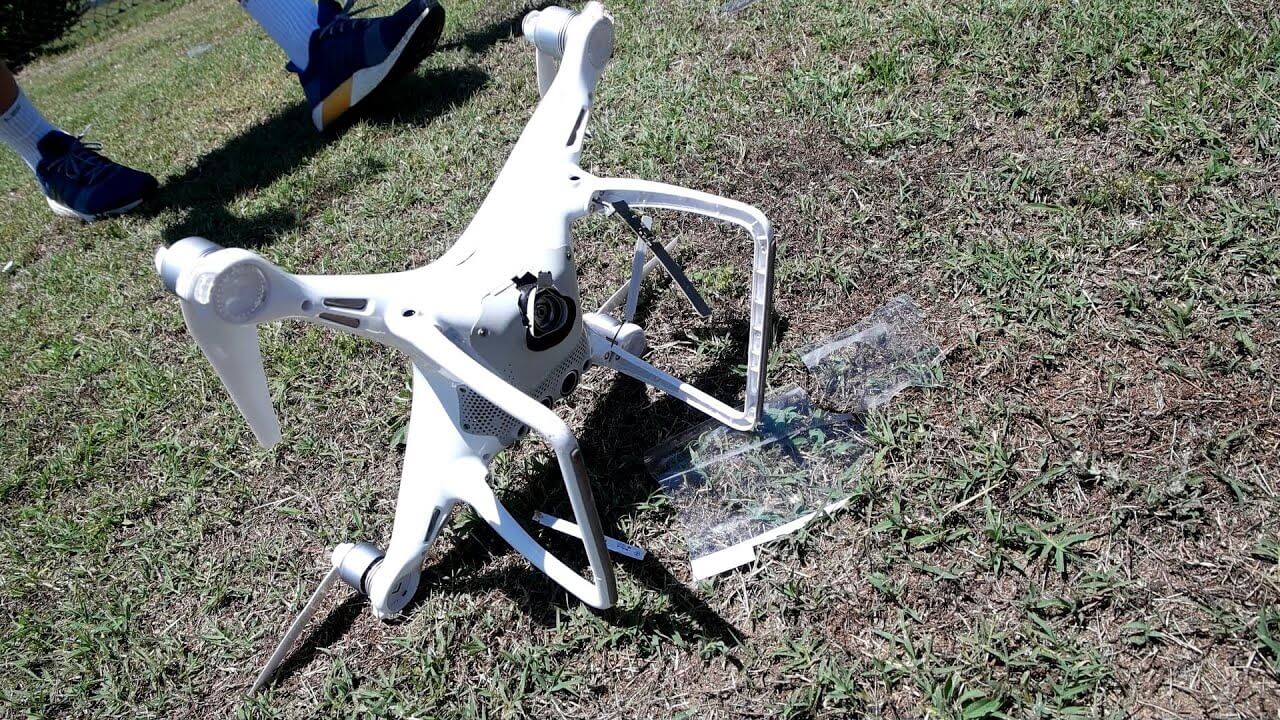
The air hung heavy with the scent of exhaust fumes and something acrid, metallic – the smell of burnt electronics. The scene unfolded before me like a chaotic still life: a small, crumpled heap of what was once a sleek, modern drone lay amidst the cobblestones of a Parisian side street.The drone itself was a sorry sight. Its once-pristine white casing was now marred by deep gouges and scrapes, the plastic cracked and splintered in several places.
One propeller was completely detached, lying a few feet away, while the others were bent at grotesque angles, their once-sharp edges dulled and blackened. Wires, once neatly tucked away, now splayed out like the limbs of a broken insect, revealing the drone’s internal workings. A faint wisp of smoke still curled from a small, charred section of the frame.
The Crash Site Environment
The immediate environment was surprisingly ordinary. The drone had come to rest against a low brick wall, partially obscured by overflowing bins filled with discarded newspapers and café rubbish. A small, unassuming bistro with its awnings retracted stood across the street, its tables unoccupied. The street itself was quiet, a stark contrast to the usual Parisian bustle. A few passersby stopped to stare, their faces a mixture of curiosity and concern.
The sunlight glinted off the scattered debris, highlighting the severity of the impact.
Sensory Details of the Event
The crash itself was surprisingly muted. There wasn’t a loud explosion, just a sudden, sharpthwack* followed by a series of smaller, grating scrapes as the drone skidded across the cobblestones. The metallic tang of burnt electronics was quickly joined by the slightly sweet smell of overheating plastic. The immediate aftermath was punctuated by a hushed murmur from the onlookers, a mixture of gasps and whispered exclamations in French.
The overall atmosphere was one of stunned silence, broken only by the distant rumble of Parisian traffic, which seemed to amplify the unusual quiet of the immediate scene. The lingering smell of burnt electronics hung in the air, a stark reminder of the unexpected event that had just unfolded.
End of Discussion
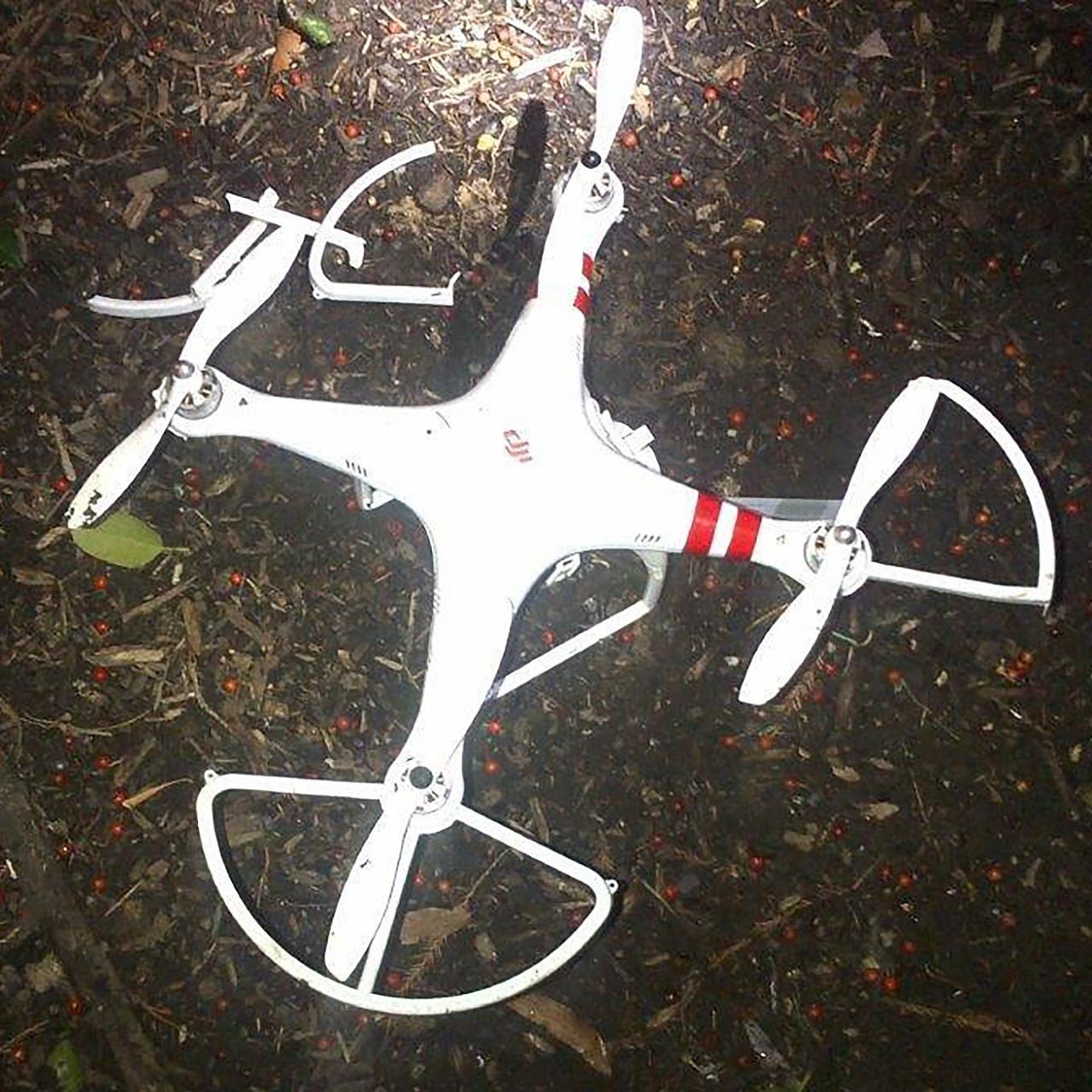
The Paris drone crash serves as a stark reminder of the potential dangers associated with drone technology in densely populated areas. While the investigation is ongoing, this incident highlights the crucial need for robust safety regulations, improved pilot training, and a proactive approach to mitigating potential risks. By analyzing the contributing factors and learning from this event, we can strive to create a safer airspace for both drones and the public.
The future of drone technology depends on our ability to adapt and improve safety protocols to prevent similar tragedies.
Commonly Asked Questions
What type of damage did the drone sustain?
The extent of the damage will depend on the specifics of the crash; however, potential damage could range from minor propeller damage to complete destruction of the drone’s frame and internal components.
Were there any injuries reported as a result of the crash?
This information would be included in official reports and news coverage following the investigation. The answer depends on the specifics of the incident.
What is the typical insurance coverage for drone operations in France?
Drone insurance requirements vary and are subject to change. Consult French aviation authorities or insurance providers for the most current information.
What are the penalties for violating drone regulations in Paris?
Penalties can range from fines to legal action, depending on the severity of the violation. Consult French aviation regulations for specific details.
